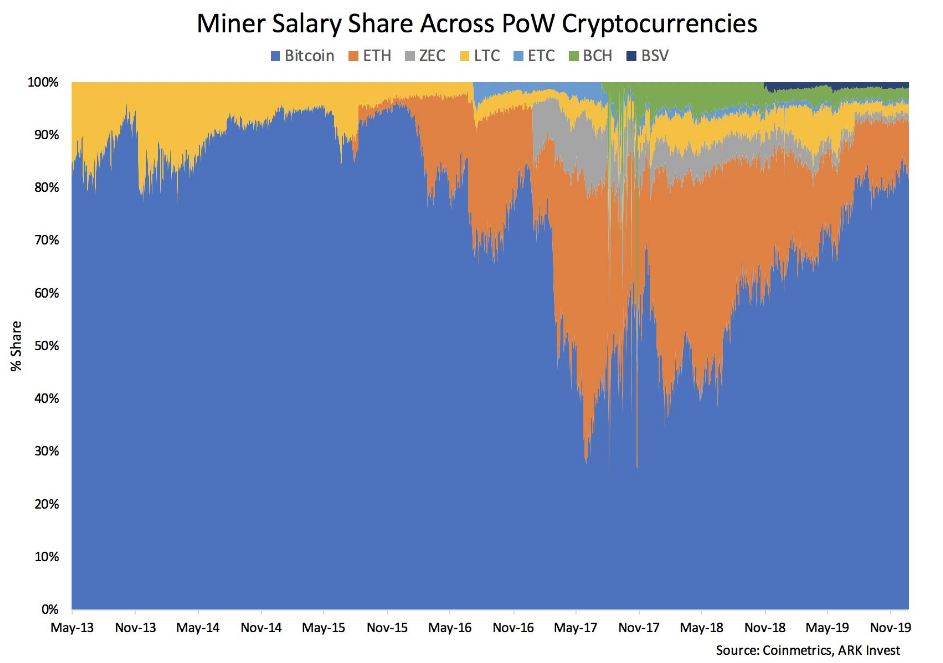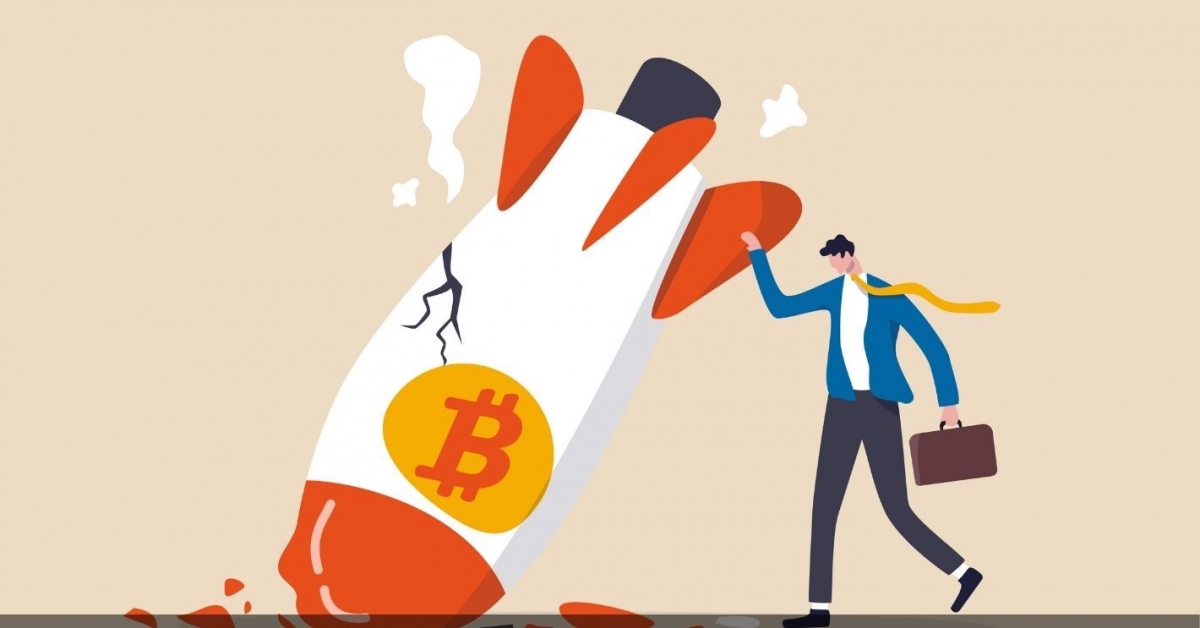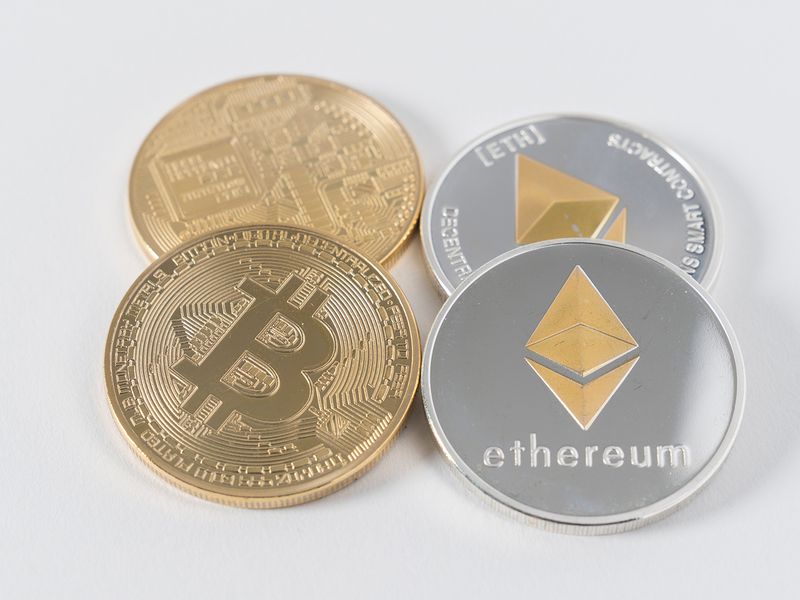We Need to Reclaim the Narrative on Staking
A year ago, a major event called the Merge took place, rapidly improving how Ethereum operates. While this engineering feat made Ethereum more energy efficient and capable of handling more transactions at faster speeds, it also caused certain U.S. federal regulators to pay greater attention.
Last year, SEC Chair Gary Gensler Gary Gensler suggested that transitioning to proof of stake might make ether a security. Gensler said allowing tokenholders to stake tokens results in “the investing public anticipating profits based on the efforts of others” and further that “offering staking services to its customers “looks very similar — with some changes of labeling — to lending.”
This op-ed is part of CoinDesk’s Staking Week, sponsored by Foundry.
As someone who spends her time educating lawmakers about crypto and PoS technology, these statements showed that there was a critical need for us to educate lawmakers, regulators and the general public on the distinctions between crypto lending and securing a protocol.
Nearly two months later, the implosion of FTX heightened regulatory scrutiny of the industry in general, and eventually staking-as-a-service (StaaS) programs specifically. In February, the SEC announced an enforcement action against digital asset exchange Kraken related to their custodial staking services. The agency put other StaaS providers on notice that they need to “come in and register.” Later, the SEC sued digital asset exchange Coinbase on a number of counts, including the allegation that Coinbase’s staking services are unlawful. Then several state regulators alleged that Coinbase violated securities laws by offering “staking rewards programs” to residents without registration.
This past July Senate Finance Committee Chairman Ron Wyden and Finance Committee Ranking Member Mike Crapo specifically requested comments on taxation of digital assets with a section devoted to the taxation of staking rewards. Industry leaders and trade groups including POSA, the Blockchain Association, CCI, Polygon Labs, Coin Center, and others solidified the near universal agreement of industry that staking rewards should be taxed like all other created property: at the time of sale, not at the time of creation. Yet, the IRS’s first published opinion on staking Revenue Ruling 2023-14 suggested that some staking rewards should be taxed as ordinary income in the year that the taxpayer gains control over the rewards. In August, Treasury and IRS also issued proposed regulations on reporting by brokers for sales or exchanges of digital assets, excluding validators on PoS networks from such reporting requirements (but elsewhere in the 200-plus page document suggested there may be requirements for others).
The U.S. is not the only jurisdiction focused on regulating staking. In the U.K., FCA rules set to go into effect next month classify staking programs as “complex yield arrangements” similar to crypto-asset lending and borrowing.
All of this to say: There has been a lot of regulatory action in this space recently but there is a lot that remains unclear. What is clear is that there is an increased need for better explanations about how this technology works, what staking is and why it matters.
Defining staking
PoS blockchains, like Ethereum, enable all token-holders, not just those with industrial-scale computer systems, to benefit from securing and in many cases governing the network. The more token owners stake, the more secure, neutral, and sustainable these networks are. Today, almost every major blockchain relies on staking in order to function. PoS blockchains have grown to include 19 of the top 20 smart contract platforms with millions of users globally, representing a market cap of nearly $100 billion as of this month.
Given the importance of staking, why have StaaS providers been the subject of regulatory scrutiny? In part, because there is still confusion around the term. While the term staking refers to the process of securing a PoS network, as a number of industry experts have pointed out, the term is often confused, and more recently co-opted, to describe a variety of activities that do not involve validating transactions on a blockchain. These other activities typically involve users receiving payments for storing or transferring certain digital assets to a third-party that exercises discretion over the assets and uses them for a variety of activities, some of which may be risky.
And yet even in those cases, assertions that facilitating individual participation in the securing of PoS blockchain networks constitutes an unregistered security are misguided. Participation in a particular consensus mechanism used by a blockchain is not the type of activity that the U.S. federal securities laws were designed to regulate.
In 2020, POSA developed and published principles for participants in PoS protocols that offer staking services. Those abiding by these principles should be regulated like the technical service providers they are – instead of as providers of a financial product. Their services were technical then, and they remain technical today.
In her dissent in the Kraken settlement, SEC Commissioner Hester Peirce cited these principles, saying that “solutions need not come from a regulator.” POSA continues to urge all participants in PoS blockchain ecosystems to ensure that the space is characterized by long-term, responsible growth – instead of short term profit-driven incentives.
The broader crypto industry is at a unique historical moment. A year after the Merge, persistent confusion and misconceptions about staking continue to affect how we are governed. There’s a clear need for industry leaders to agree on appropriate terms and standards of what is and isn’t staking, and to the extent that there is risk involved, what the nature of that risk truly is – technical, instead of financial.
The staking industry should come together, once again align on industry principles and do the hard work of educating lawmakers and regulators to foster a thriving PoS ecosystem. Until that happens, America’s digital asset industry will continue to be clouded in uncertainty and unable to fulfill its potential. For the sake of all participants in PoS ecosystems, I hope we can end that confusion soon.
Edited by Ben Schiller.









